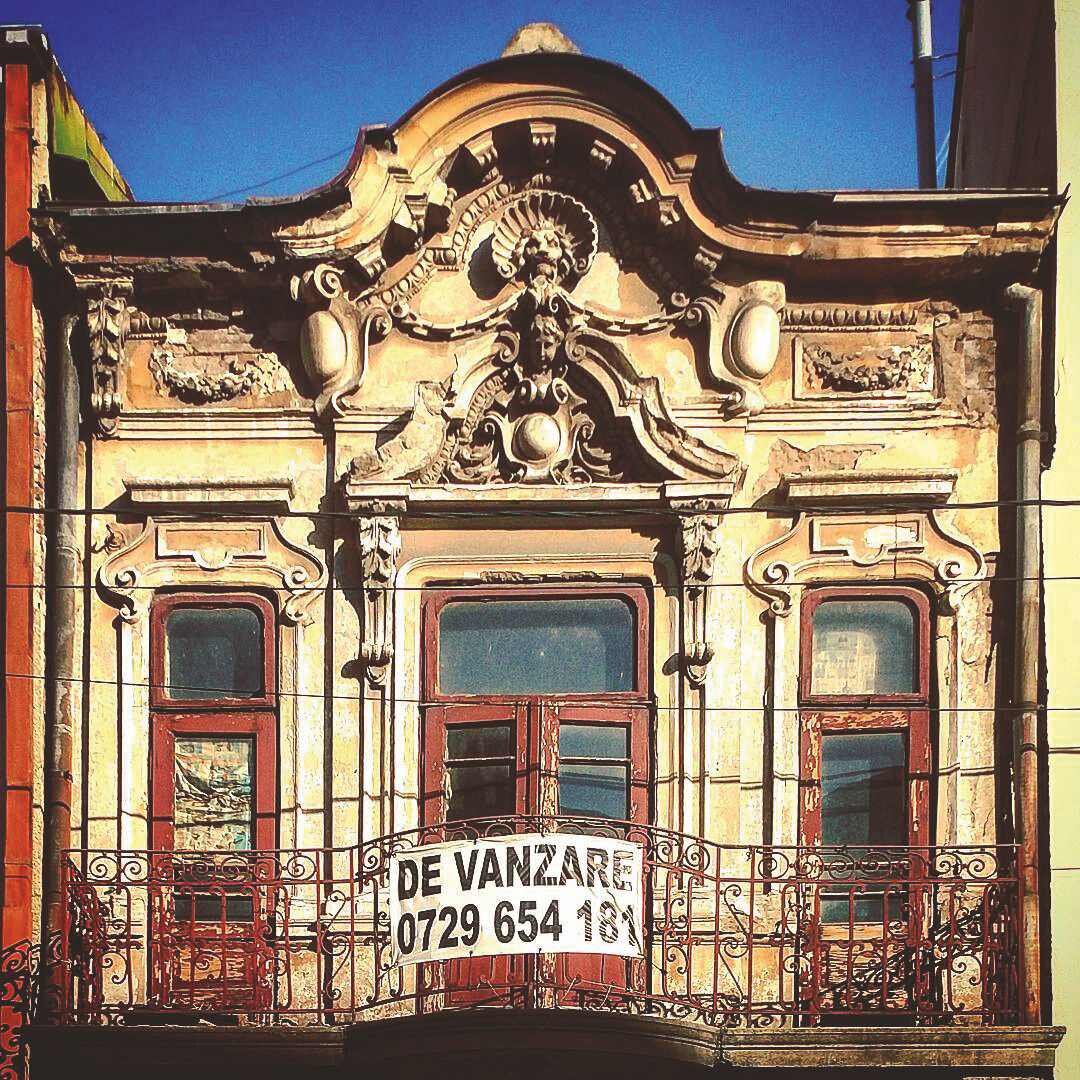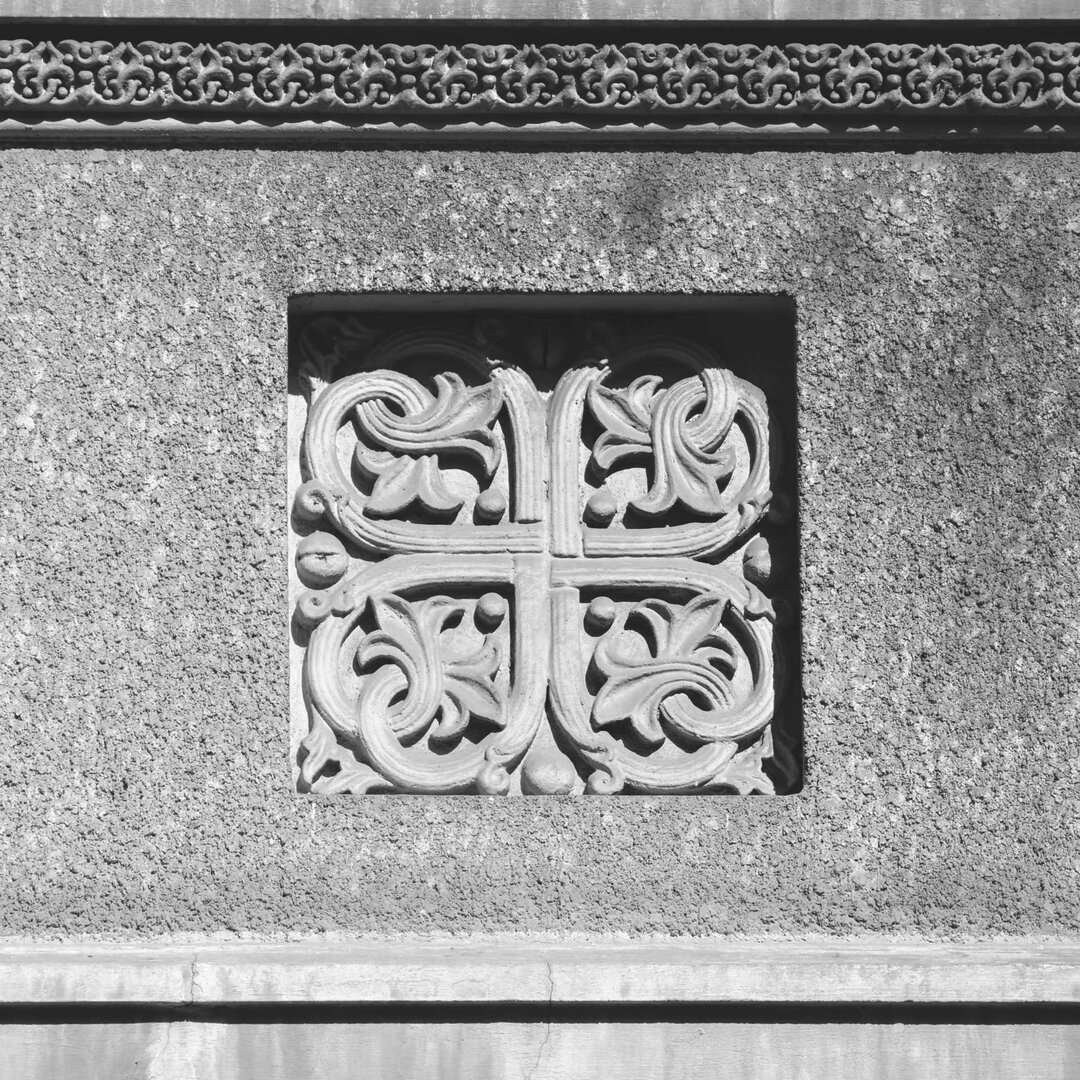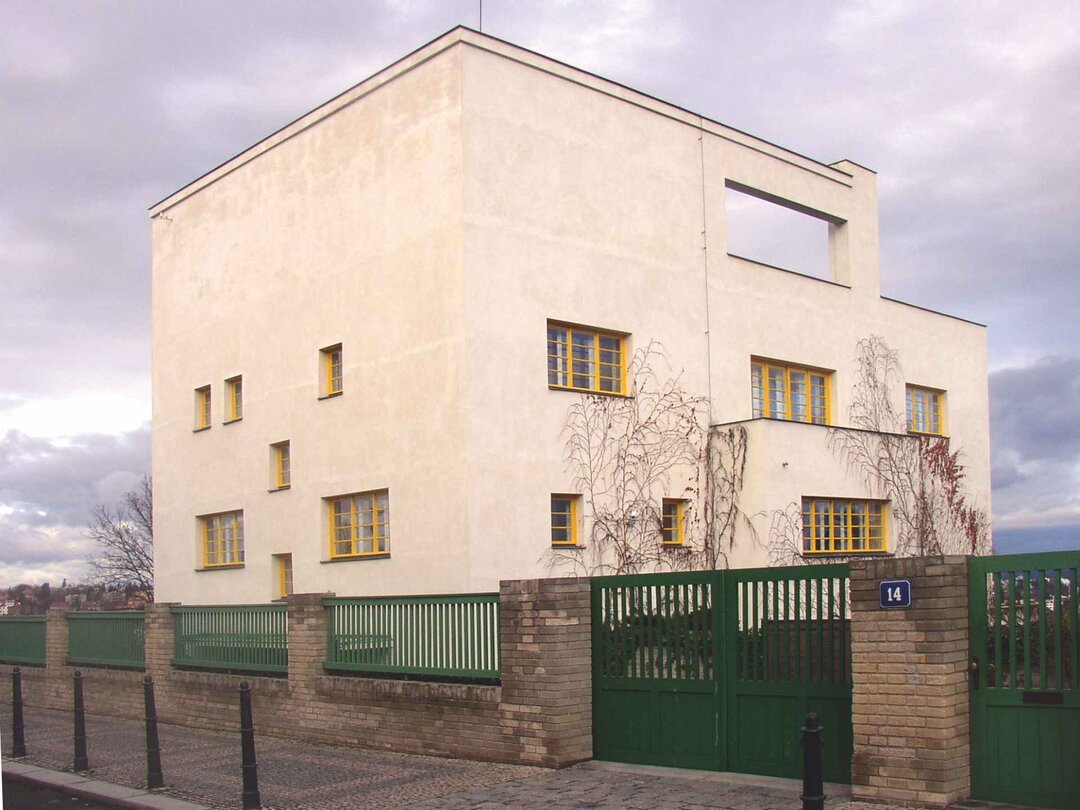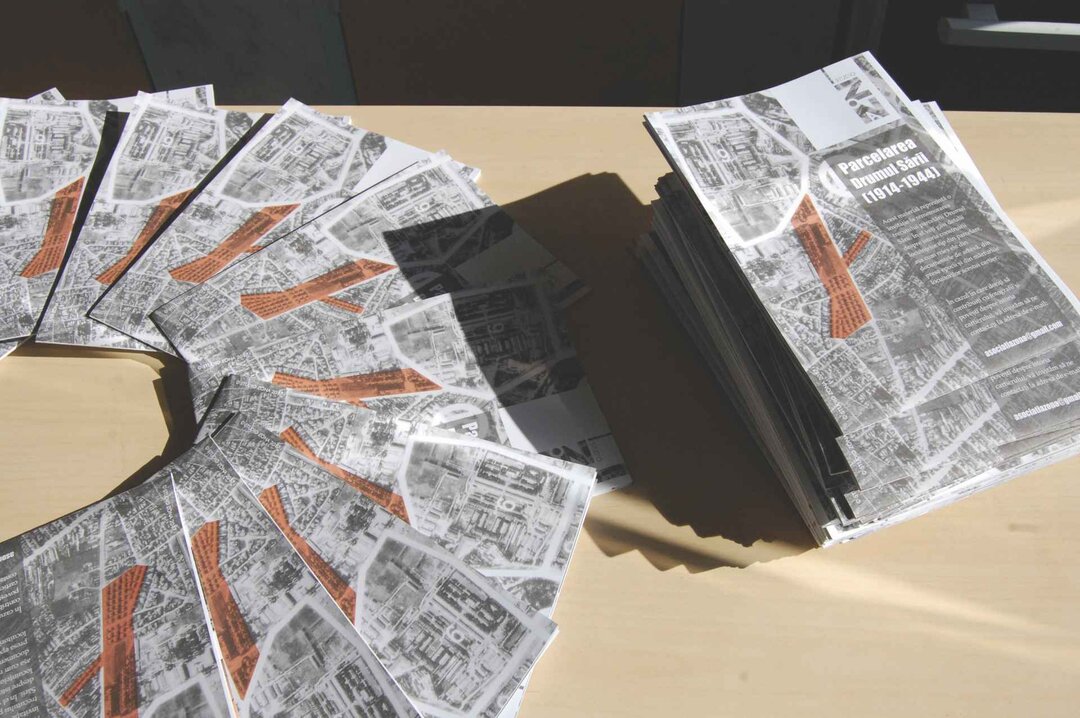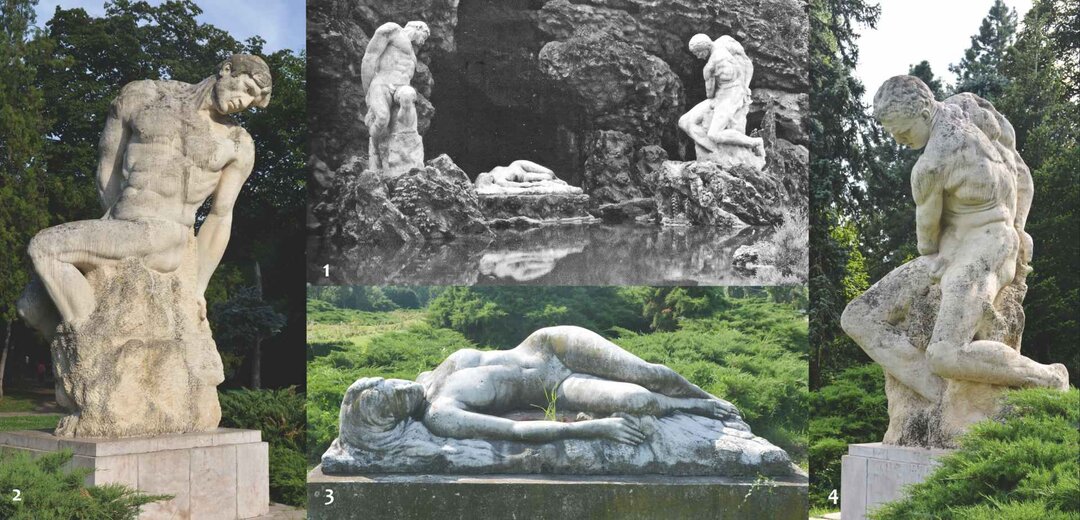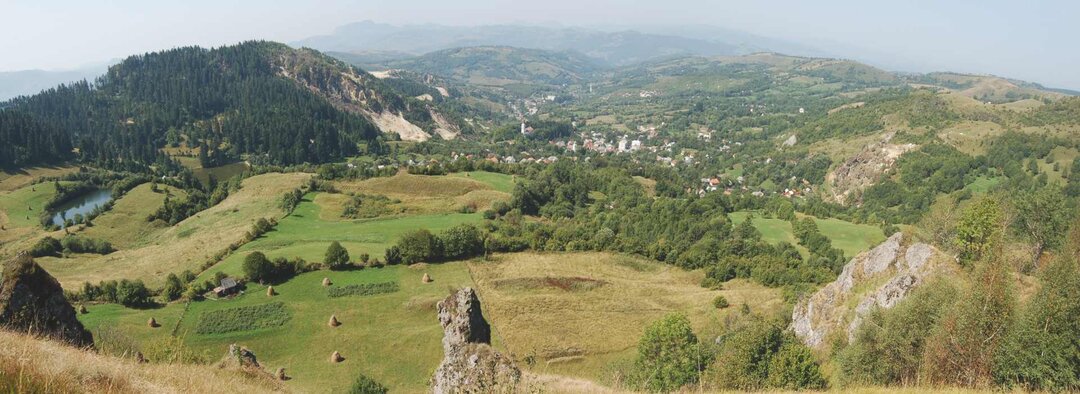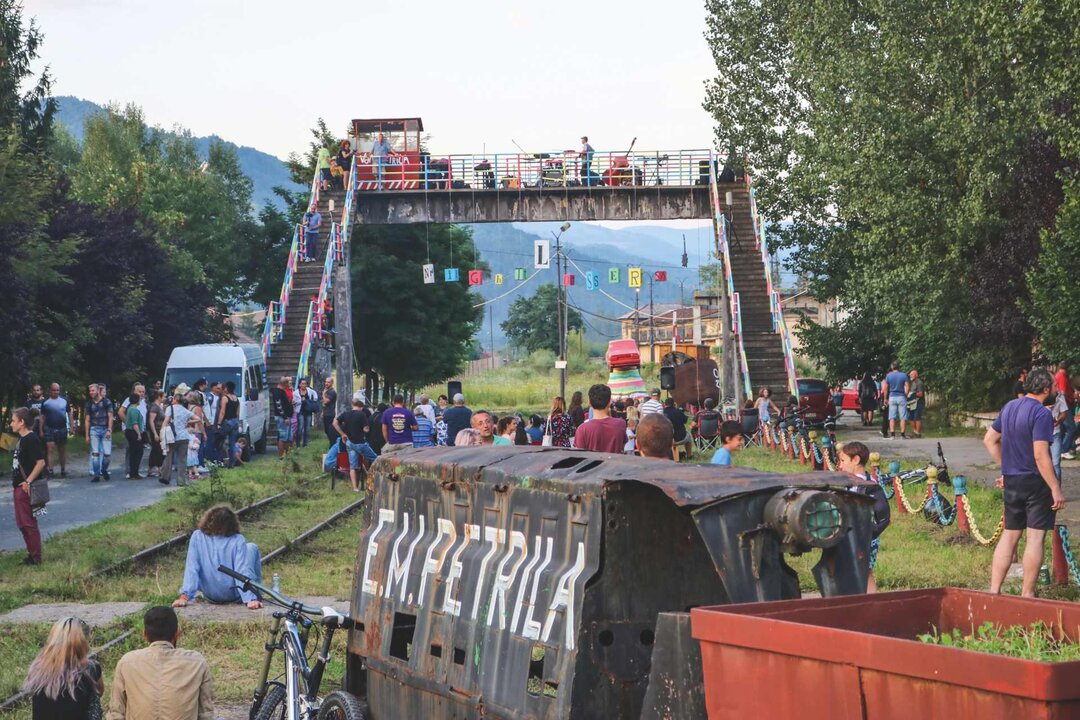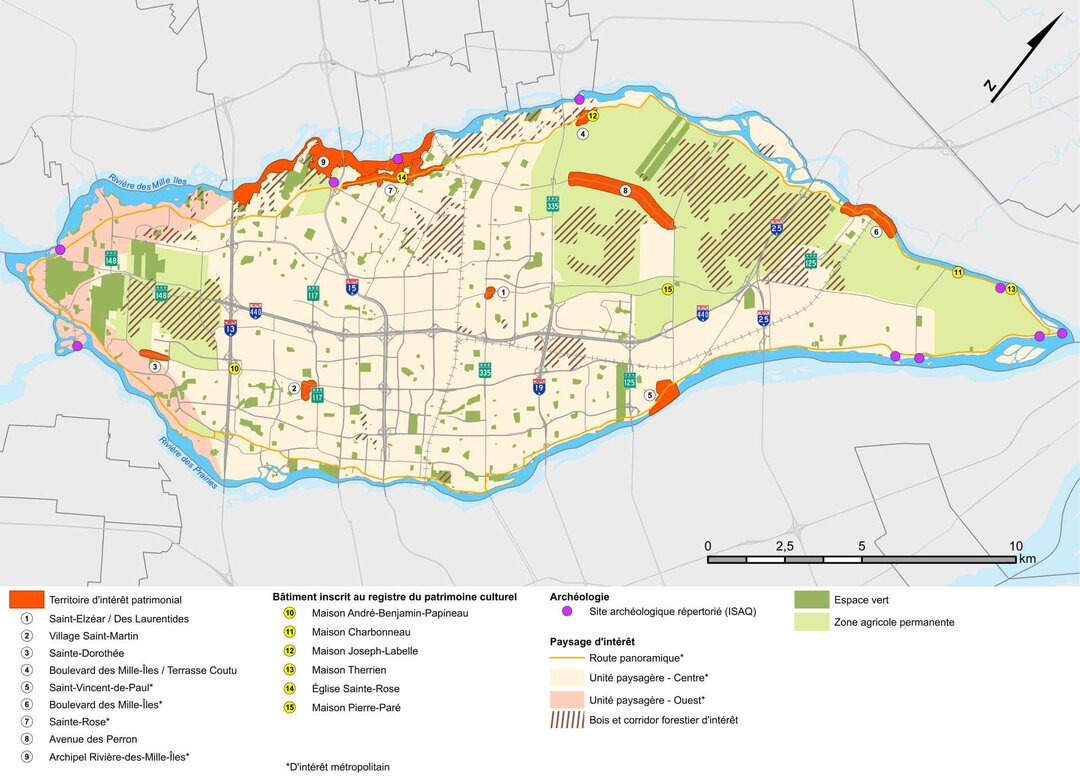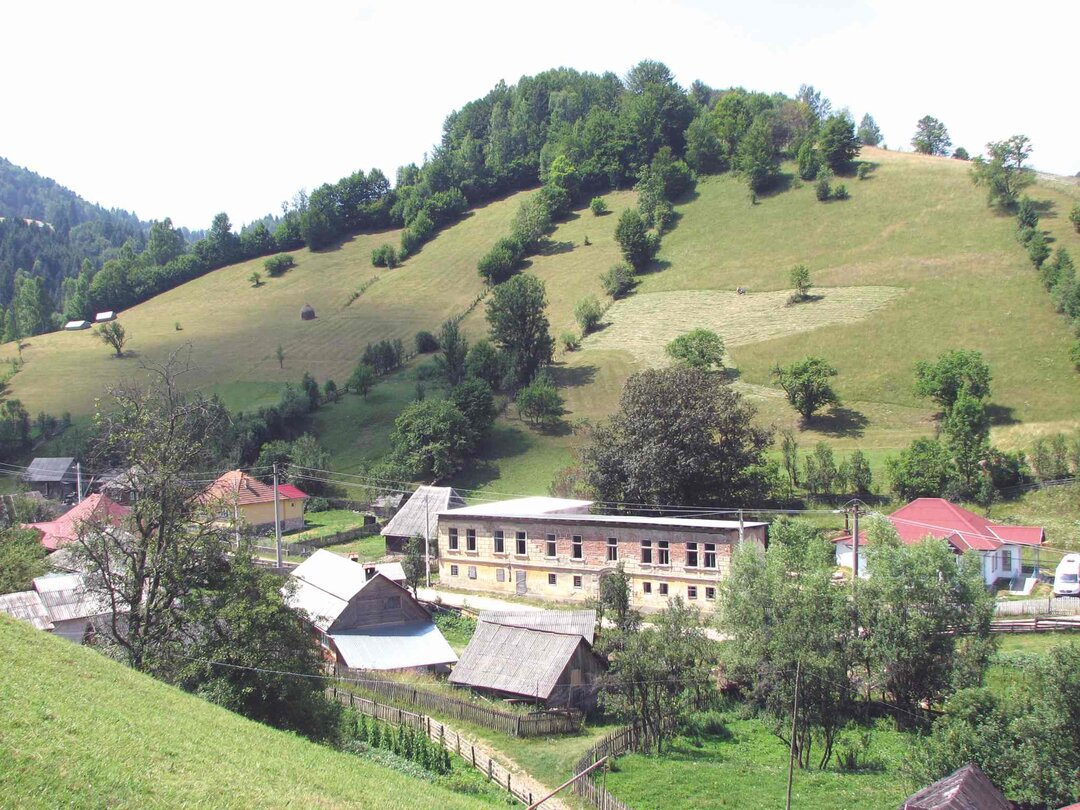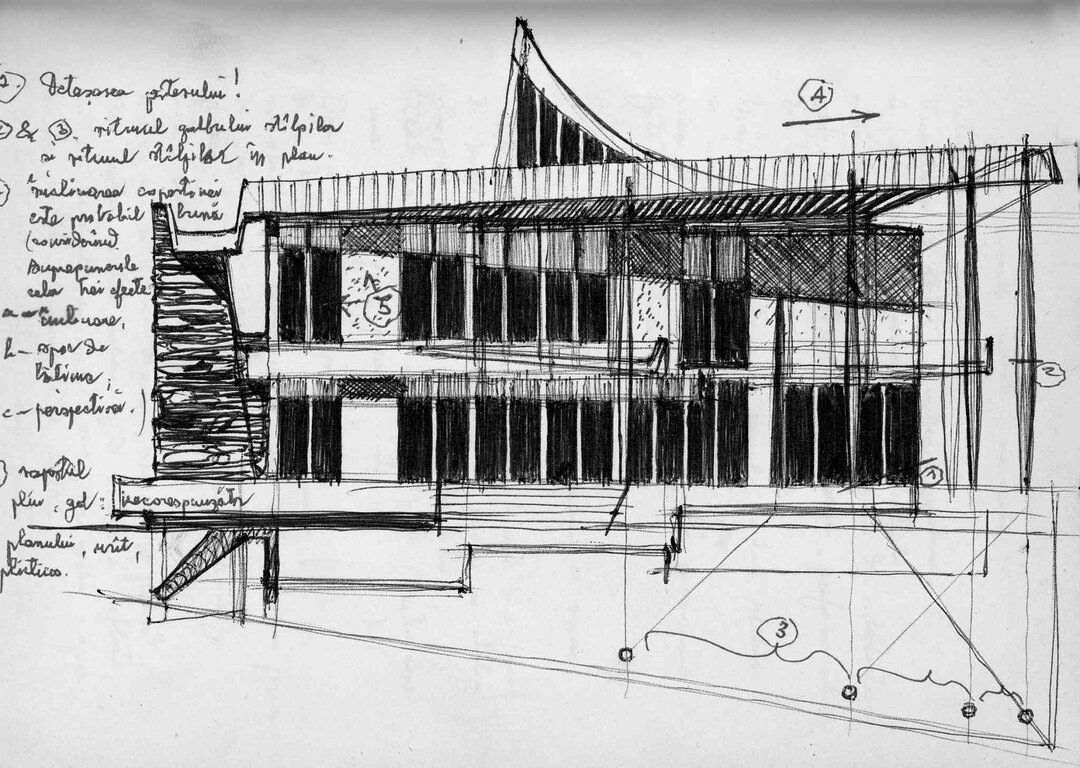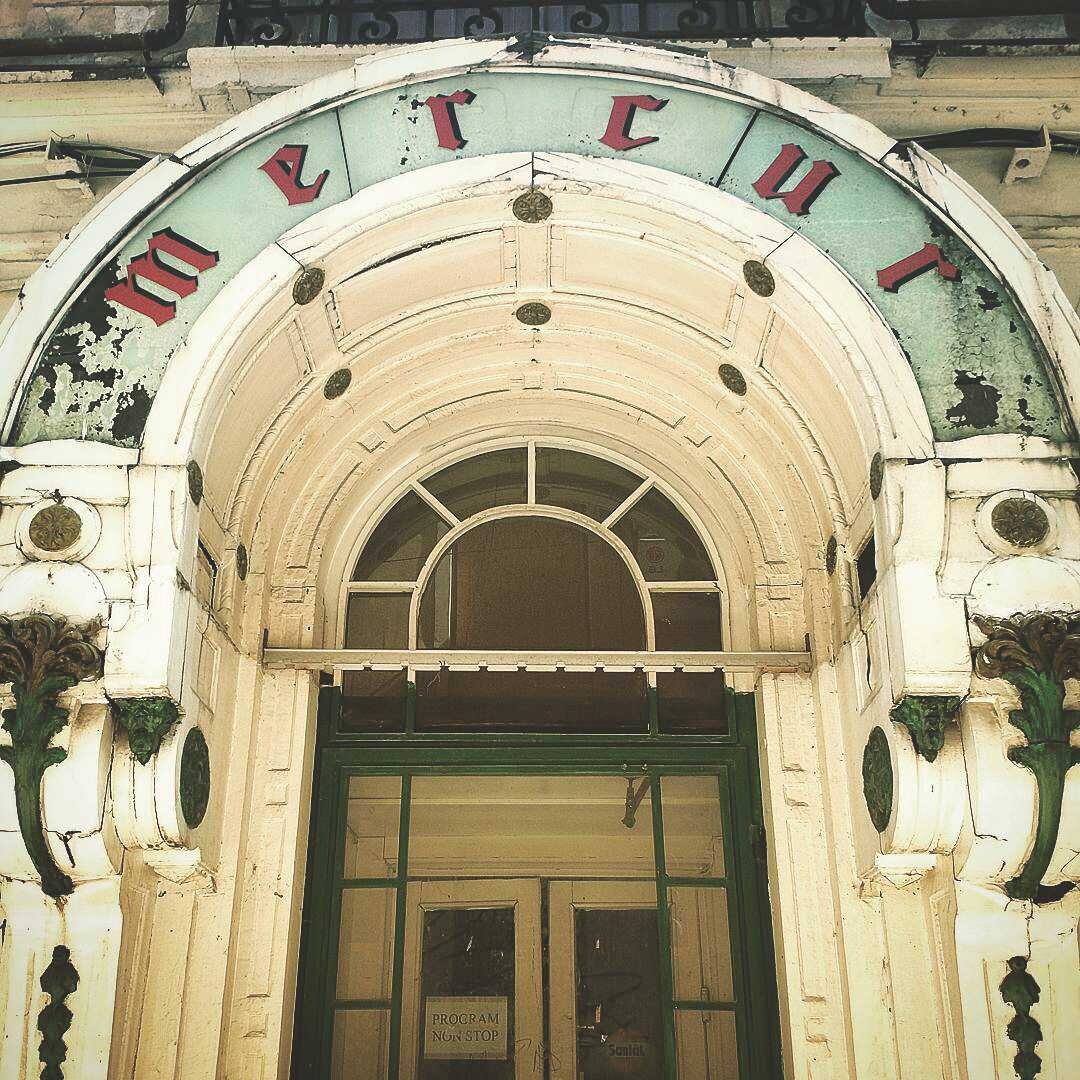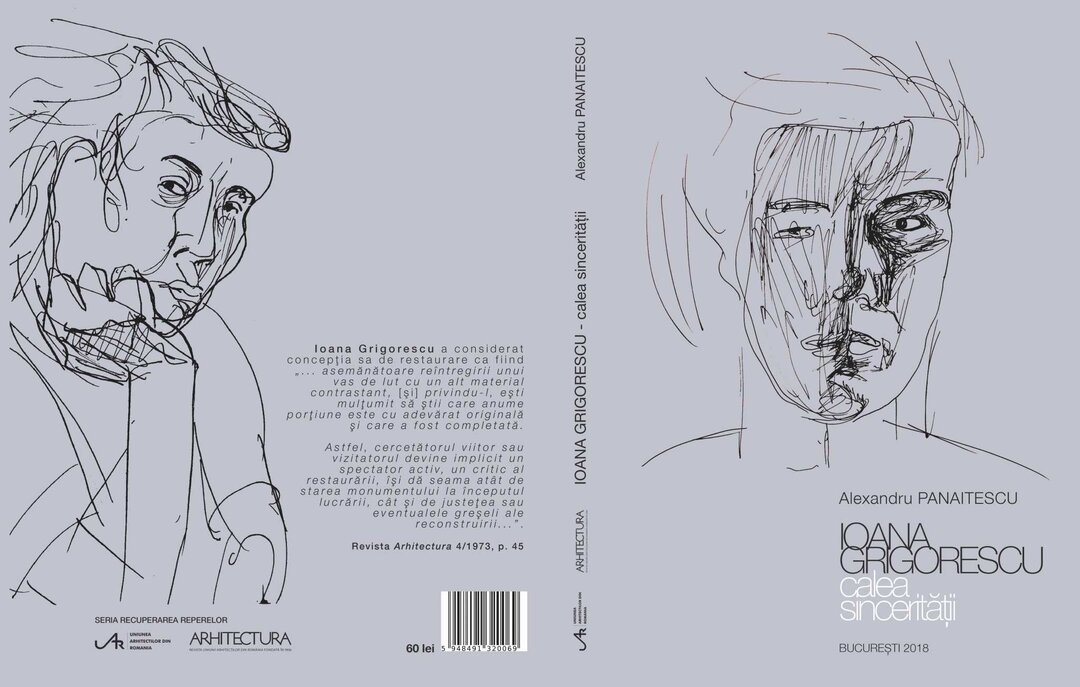
De Patrimonio. A Battle Journal
Argument
DE PATRIMONIO. A BATTLE JOURNALtext: Maria MĂNESCU

"The battle that must be fought [...] is part of the same impetus directed against institutionalized confusion and towards a new approach of our built environment by bringing together old, recent and future heritage”.1
The designation of 2018 as the European Year of Cultural Heritage has once more reopened old wounds concerning heritage protection, both in our country and throughout Europe. The first European Year dedicated to cultural heritage creates the ideal context for re-reiterating public awareness regarding European history and heritage values, the feeling of national identity and the conscience of European unity.
ESSENTIAL TEXTS. When talking about built heritage, all the paths lead inevitably to Françoise Choay and her fundamental works on heritage-specific issues. Since the 1992 apparition of The Allegory of Heritage2, in which she restructured the genealogy of built heritage concepts and practices while describing the main phases of their evolution, the mondialization process and its impact on all heritage-related practices across the planet underwent a spectacular acceleration.
In Le patrimoine en questions3, an anthology of essential texts preceded by an ample and consistent introductory study pinpointing the main phases of an evolution marked by an array of meanings, contradictions and transformations, Choay repositions the issue of built heritage against the contemporary background. The title of the present argument hints at the subtitle of the volume entitled, Anthology for a Battle, backed up by the critical and analytical presentation of the selected texts as the author highlights the aspects lying at the core of her choices and their relevance for her intentions to fight for the defence of heritage. From Abbot Suger to Victor Hugo, John Ruskin, Eugène Viollet-le-Duc, Alois Riegl, Gustavo Giovannoni and André Malraux, the Athens and Venice Conferences and UNESCO, Choay makes a critical investigation of the fundamental texts necessary for shaping a complex reflection, an archaeology of the concepts of monument and historic heritage, an anthology for battle set against the institutionalized ignorance in the field of heritage protection: a quintessential bibliography for those who want to understand the evolution of the notion of heritage, from antiquity to the present.
DE PATRIMONIO, ON HERITAGE - is the theme of this Dossier, a balanced and as impartial as possible discourse despite the fact the topic is, most often than not, quite stirring from an emotional point of view. The selected articles bring up the various implications triggered by the expansion of the area of reference of the heritage notion and the issue of built heritage diversity.
To start with, three theoretical texts define the position of the notion of heritage in the Romanian and European contemporary context.
Sergiu Nistor calls into question the solving of the built cultural heritage crisis, structurally similar to a sanitary system, by raising three issues: How do we ensure that „the public” of our cultural heritage enjoys a state of general good health? What can we do to
prevent the acute health problems of historic monuments from chronicizing or, even worse, developing into malignant forms? How can we establish a system of „emergency medicine” which may provide, as is the case of SMURD (the Romanian acronym for the Emergency, Reanimation and Decarceration Mobile Service), an interinstitutional collaboration able to neutralize the aggressive factors and ensure a well-timed and efficient sanatory intervention?
Irina Popescu Criveanu draws a partial „diagnosis” of the problems faced by Romanian heritage at the beginning of the 21st century while Kázmer Kovács pinpoints the evolution of the concept of historic monument from a modernist perspective, addressing different levels of manifestation: (1) the idea of historic monument is „modern” in and of itself since it is a fairly recent invention; (2) the massive development of the built heritage field to the point that nowadays even buildings dating from the 1950-1960s are listed as historic monuments; (3) the technological progress hinders the conservation of handcrafted building techniques which leads to the need of „artificially” preserving many of the craftsmen skilled in traditional techniques, who are vital to an adequate restoration of the historic monuments.
The history of the 25 allotments built by the Communal Society for Cheap Housing between 1910 and 1948 and the allotments made by Romanian Railways and the Building Office in the same period in Bucharest sheds light and describes one of the most successful urban modernization experiments in our country: 4.000 very high quality houses grouped in modern allotments, appreciated to the present day by the residents even in the context of continuously growing living standards. An example of how the dissemination of historic information to wide audiences and the information exchange between the academic environment and the residents may help the latter develop an architectural and historical culture while creating new opportunities for the conservation of the city’s historic, architectural and urbanistic qualities. (Răzvan Voinea)
Taking a retrospective look at the situation of Bucharest public monuments in the past 100 years, Alexandru Panaitescu realizes how insecure the life of Bucharest monuments was and still is,out of two major causes: the sometimes brutal influence of politics and its discretionary manifestation paired with the inaccuracy characterizing the urban development solutions for representative public spaces in Bucharest which are not prepared to appropriately host important monuments.

The intelligent cultural valorisation of the mining industrial heritage in Roșia Montană, both questioned and defended by the civil society, is one of the safest ways to retrieve the identity of these places which have been abandoned due to economic reasons and left at the mercy of disproportionate investment in relation to their community, location and heritage. In the context of the various exaggerations coming from all the parties involved, Claudia Apostol assumes an objective position with respect to the heritage in Roșia Montană. Roșia Montană is not the first instance of protest (irrespective of our understanding of the term, in any of its forms) in defence of monuments or heritage values but was surely the most relevant, vibrant and long-lasting exercise of recuperating what seemed already lost in the eyes of many of those who joined the protest. In keeping with the same spirit of objectivity, we also include the Open Letter to the Ministry of Culture and National Identity signed by experts in domains directly or indirectly dealing with cultural heritage and generated by the initiative of the ministry to block the inclusion of Roșia Montană Cultural Mining Landscape in the UNESCO World Heritage List – on grounds of the ongoing international arbitrage process; the letter is based on the firm conviction that this decision constitutes a serious offence to the general interest of the Romanian society to safeguard an exceptional value heritage recognized by ICOMOS.
Like the entire Jiu Valley region and most postindustrial towns actually, Petrila is currently undergoing a process of recuperating its reason for being. Beyond resignation or predestination, two attitudes chiefly pervading the collective discourse, the town keeps on slowly shrinking as a result of a decrease in the economic activities originally determining its birth. Given this specific postindustrial context seen from a socio-economic and cultural perspective, the interventions on industrial heritage are closely linked to assuming a general programme of regeneration through culture. The reconversion of Petrila Mining Exploitation was the main goal of an important initiative in the Romanian contemporary landscape, launched as early as 2012. (Mihai Danciu, Loredana Gaiță)
Talented and quite idealistic young people, a fascinating, almost magical natural environment and a priceless heritage are brought together in an initiative promising a long-awaited change in Herculane Baths. HerculaneProject seeks to bring together and support the restoration of continuity and identity while expressly offering a new chance to Herculane Baths Historic Ensemble. (Oana Chirilă)
Rural heritage is present in the pages of the Dossier in the form of three case studies: a strategic vision on valorising heritage through culture - the revitalization of an old rural centre (Sainte-Rose, Laval, Quebec, Canada) integrated into the current urban structure of the City of Montréal - and the local administration which regards heritage as an instrument for developing the identity of the urban local community and an element for boosting the city’s vitality and prosperity as well as improving life quality (Ana Manescu); a description of the project initiated and coordinated by RPER Association - Rencontres du Patrimoine Europe Roumanie, Bucium Summer University (UdV) for monument and site restoration, a safeguarding model for the cultural heritage of the smallest habitation nucleus, the Romanian village, with a focus on the municipality of Bucium in Alba County. An applicable alternative for local development, in contrast with the destructive mining projects threatening the villages of Bucium, Roșia Montană and their surroundings (Mihaela Hărmănescu); a summary of the steps leading to the creation of The Centre for Vernacular Architecture Studies in Dealu Frumos-Schönberg, a living example of architectural heritage rehabilitation, a safeguarding model for the heritage of a Transylvanian Saxon community affected by demographic decline; an educational model able to stand the test of time; a revitalization model for other similar landmarks in Transylvanian Saxon villages. (Ioana Zacharias Vultur)
Nicolae Lascu concludes the series of articles in the Dossier by referring to „the architectural heritage of the archives”, namely the inclusion in the architecture heritage of different categories of documents related to the building field, found in different public or personal archives, printed materials on architecture and the city and specialised libraries. We must not overlook the role of archives and libraries in the evolution of an architect, gaining knowledge of the historic periods, understanding and appreciating the architectural phenomenon as a whole and the culture of a past or current era as well as the architects’ personalities.

BACK TO THE ARGUMENT. This issue’s Dossier seeks to overcome prejudices, hasty judgements and fears relating to the increasingly complex domain of heritage. It is not only a „call for battle” for protecting and raising awareness on the cultural and identity heritage value in the spirit of professional ethics but also a plea for fighting the passivity, neglect and indifference of the institutions and architects involved in heritage-related projects.
„We need to raise awareness on the threats currently burdening our human identity; on our dual status of living and vocal beings involved in a double and indissociable relation with the worlds of nature and culture; on the fact that the institutionalization of human societies is not perfected only by the use and differentiation of their languages but also their different methods of social and temporal insertion in the world. Still, awareness raising is but the preliminary move - necessary yet not sufficient - which attaches a meaning and calls for the battle present in the title of this anthology: a battle that must be fought and strategies that must be carried out not only to reestablish the connection with the obliterated and devalued differences but also to presently pursue the invention of the spiritual and material characteristics lying at the heart of mankind’s treasure.
As an incentive, I will evoke just three fronts the battle must be fought on: first, education and training; then, the ethical use of our built legacy (currently marketed under the name of «heritage»); and, finally, collective participation at the creation of living heritage.” (F. Choay, Le patrimoine en questions, Introduction, p. 50)
Notes
1. Françoise Choay, Le patrimoine en questions. Anthologie pour un combat [The Heritage in Question. Anthology for a Battle] 2009, Editions du Seuil, Romanian edition (translated by Kázmer Kovács), 2014, Ozalid Publishing House, “Arcade” Collection
2. Françoise Choay, L Allégorie du patrimoine [The Allegory of Heritage], Paris, Editions du Seuil, 1992, Romanian edition, translated by Kázmer Kovács
3. The original version, ”Le patrimoine en questions. Anthologie pour un combat”, 2009, Editions du Seuil

